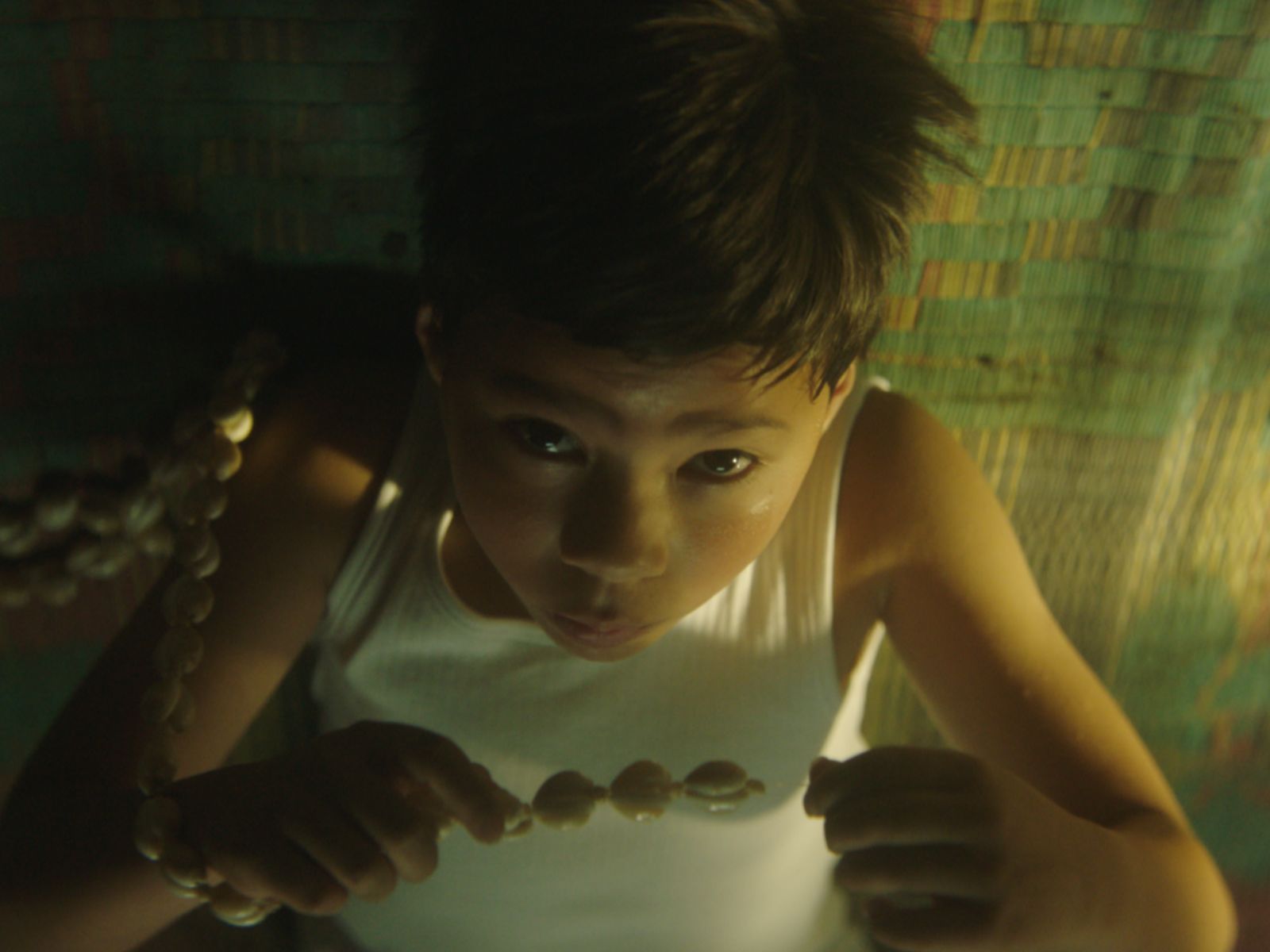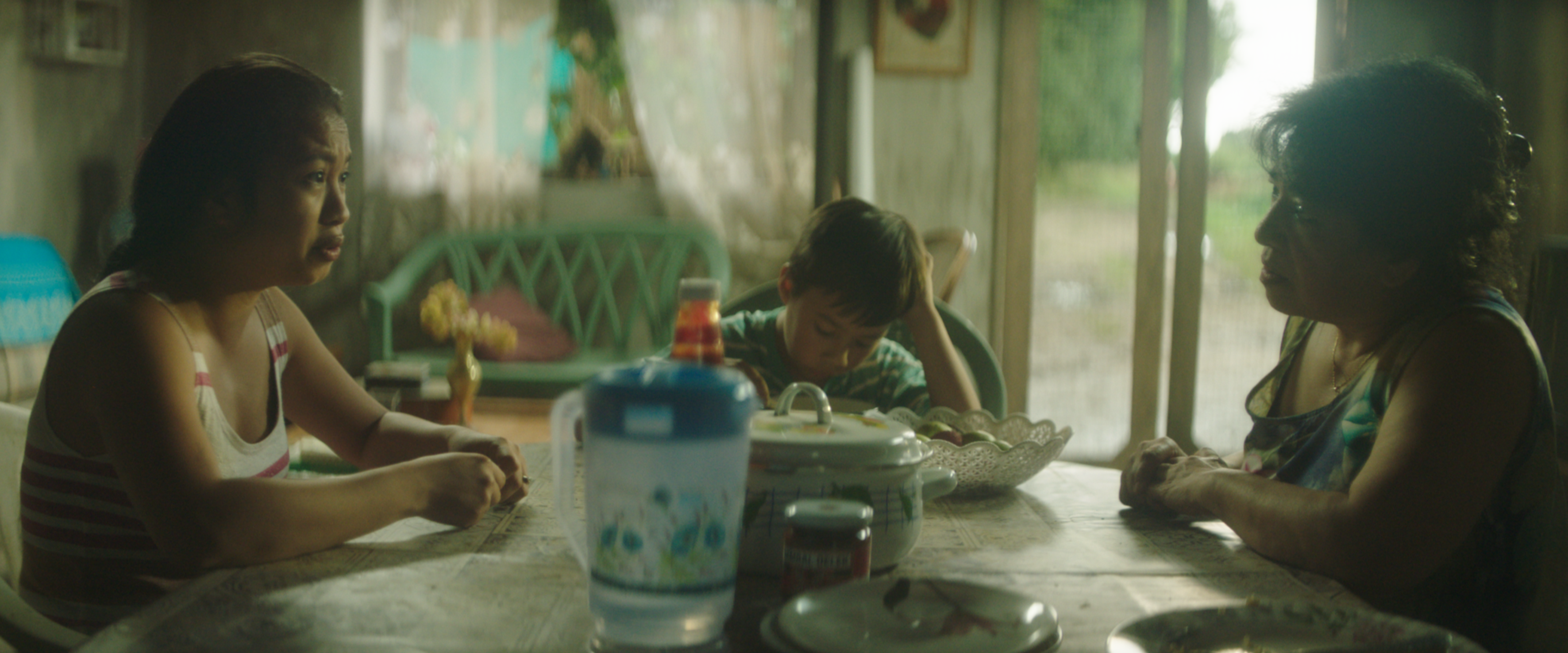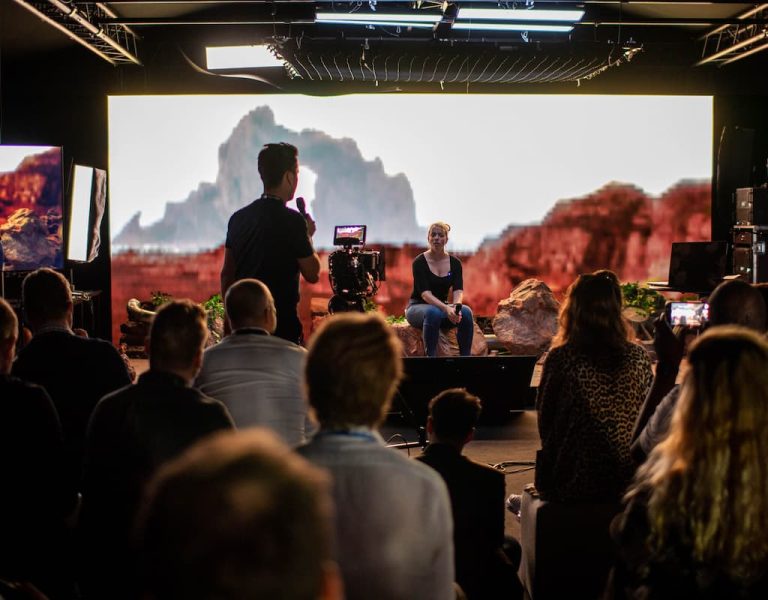
Hear from cinematographer Jack Edwards, who was recently announced as one of the winners of the BSC Short Film Competition, in this interview from Mel Noonan and Tiffen.
Q: What’s your current situation?
In January 2022 I graduated from the MA Cinematography course at the NFTS National Film and Television School. I’ve since been working on narrative projects, with occasional music videos or commercials, but mostly I’ve been shooting short films with the aim to begin working on longform. I love working intimately with a director, building a visual language, figuring out how to compose shots together, what the shots will convey, and whether that’s what we intended. There’s nothing sweeter than being on set and watching a plan come into action.
Q: Tell us about the two awards
The Panalux Award is a student award that acknowledges the work done by the cinematographer. It comes with a lighting package prize from Panalux that offers seven days of lighting hire for free! The BSC Award is an award given by the British Society of Cinematographers for their Short Film category which also comes with a one week camera package from ARRI.
Q: How did you shoot White Boy?
Experimenting and trying weird things is what makes cinematography really interesting to me. On Whiteboy I took some of Panavision’s nicest and cleanest anamorphics and sandwiched three different Tiffen filters together to make a new look. I guess it’s not too far from what can be done with Arri’s DNA lenses or the Blackwing7’s. It’s customising a lens to find a new look and you only really get that from experimenting, but you can change it and craft it throughout the film instead of needing a technician to change the optics in a lab.

For Whiteboy we chose to shoot anamorphic, but were still looking for a slightly more mature look for the film. I’ve been infatuated with the anamorphic look since I first watched Bladerunner as a kid and the ‘funk’ that comes with it. However, this funk can be a bit distracting if not controlled or used sparingly. The Panavision Primo anamorphics felt like the ideal lens choice as they’re super sharp, contrasty and clean whilst retaining the out of focus distortion that is synonymous with anamorphic. Having a nice, clean starting point with the lens allowed me to craft a unique image through filtration. Using Tiffen’s wide selection of filters gave me the option of detuning the lenses offering a level of customisation that doesn’t involve decoating the glass itself, and with such a wide variety of choices provided by Tiffen, I could really hone it to something that suited the film.
Whiteboy is set in the Philippines but due to the Covid19 pandemic we were unable to travel abroad. We had to figure out a way of recreating the hot and humid tropical climate. I tested a variety of filters however the filter that seemed most effective was the Smoque filters. I knew they were intended to be used to replace the use of smoke in locations or spaces that smoke wasn’t an option. I was initially sceptical about how effective they could be. I was completely wrong. In testing, I was blown away by how accurately they affected the way light entered the lens. Obviously they cannot recreate the shafts of hard light that come with using smoke in a location, but honestly I think that trick is slightly over played these days anyway.
I’d considered using Tiffen’s Ultra-Cons to reduce the contrast, however, a lot of that was covered by the Smoques. I ended up running the Smoque 1 and Smoque 2 filters, depending on how intense the lighting was and whether there were any particularly bright windows or sources in the frame, since Smoques have a very large blooming effect on bright sources. I often like using multiple filters in conjunction with each other. I knew I was going to utilise a small amount of global diffusion on the lens. I really enjoy the Pearlescent® filters as they seem to be a good combination of Glimmer Glass and Black Pro-Mist. It gave a tiny bit of extra softening across the image to create a creamy, almost Leica like, look. I then felt like the Primo’s were still a touch too sharp, so I finally introduced the Black Diffusion FX to take out a tiny bit of sharpness, creating an organic feeling in the final image.

Originally, we’d wanted to shoot this on 35mm, but due to working with children and non-actors, it didn’t seem to be the right fit for the shoot. Once I’d settled on this combination of filters, they pretty much lived on the camera. I would only change the Smoque’s intensity depending on the lighting. The +1 Black Diffusion FX and 1/4 Pearlescent lived in the matte box. I also found in previous shoots, when stacking multiple filters, that the internal reflections that can occur usually come from the order in which the filters are stacked. Also, using Panavision’s somewhat older matte box (one which literally stacks the glass together instead of in trays) helped by not leaving room for light to bounce between the pieces of glass. We had no issues with double reflections.
Q: Where do you go from here?
If I had an answer to that I’d probably already be there! The aim is to get signed, shoot features and win more awards but I’ll take it one step at a time! It’s a long and complicated road ahead and I’m in it for the long haul so for now I just hope to be able to keep working with great directors and make work myself and my family would be proud of. There’s some exciting projects lined up for this year which sadly I can’t talk about but will hopefully be a step in the right direction to that goal.












